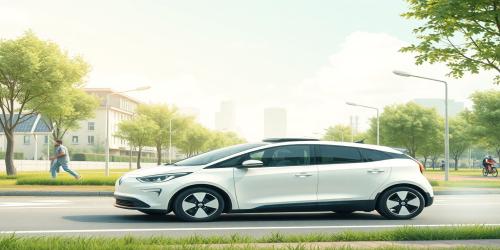AI's Role in Voice-Activated Home Automation Systems
Introduction
Voice-activated home automation systems have revolutionized the way we interact with our living spaces. From adjusting thermostats to controlling lights, these systems offer unparalleled convenience. At the heart of this transformation lies Artificial Intelligence (AI), which powers the seamless and intuitive experiences we’ve come to expect. In this blog, we explore how AI enhances voice-activated home automation and what the future holds for this technology.
The Power of AI in Voice Recognition
AI-driven voice recognition systems, like those used in Amazon Alexa, Google Assistant, and Apple’s Siri, rely on advanced machine learning algorithms to understand and process natural language. These systems can distinguish between different voices, accents, and even context, making interactions more personalized and efficient. Over time, AI improves its accuracy by learning from user behavior, ensuring a smoother experience with every use.
Natural Language Processing (NLP)
NLP is a subset of AI that enables devices to comprehend and respond to human speech. By analyzing syntax, semantics, and intent, NLP allows voice assistants to handle complex commands, such as "Turn off the lights in the living room and play jazz music." This level of understanding was unimaginable a decade ago but is now a staple in smart homes.
Enhancing Home Automation with AI
AI doesn’t just stop at voice recognition—it extends to predictive automation. Smart home systems can now anticipate user needs based on routines and preferences. For example, an AI-powered thermostat like Nest learns your schedule and adjusts the temperature accordingly, saving energy and enhancing comfort.
Integration with IoT Devices
AI acts as the brain behind the Internet of Things (IoT), enabling seamless communication between devices. Whether it’s syncing your smart lights with your morning alarm or locking doors automatically when you leave, AI ensures all connected devices work in harmony.
Challenges and Future Trends
Despite its advancements, AI in home automation faces challenges like privacy concerns and interoperability issues between different brands. However, the future looks promising with developments in edge AI (processing data locally for faster responses) and emotional AI (detecting user moods to tailor responses).
Conclusion
AI is the driving force behind the evolution of voice-activated home automation, making our lives more convenient and efficient. As technology continues to advance, we can expect even smarter, more intuitive systems that blend seamlessly into our daily routines.










